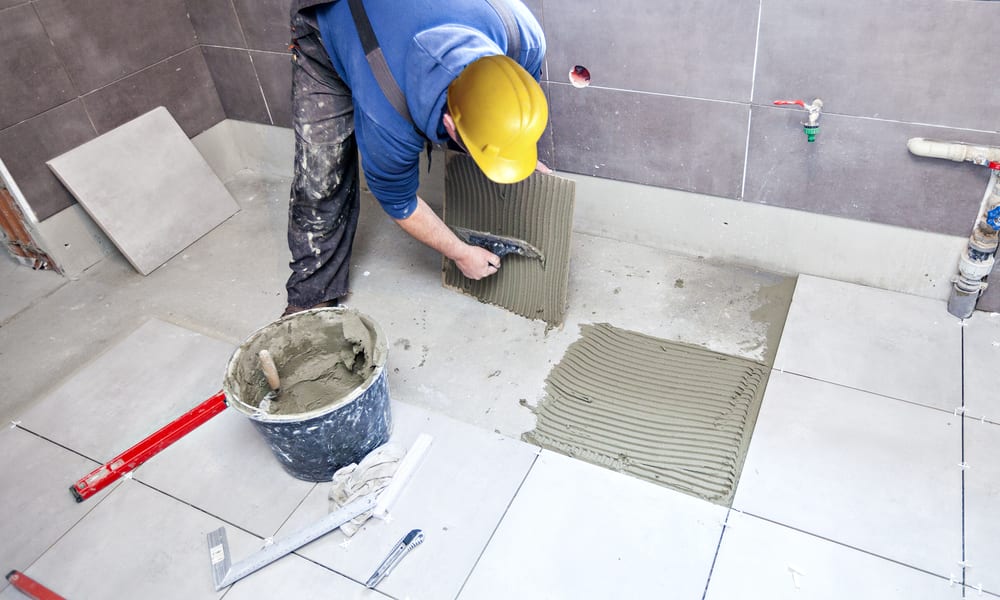RTA Cabinets: What You Need to Know Before Buying
RTA (Ready-to-Assemble) cabinets have become a popular choice for homeowners looking to balance style, quality, and budget. From kitchen remodels to DIY projects, learn what makes RTA cabinets appealing, how to compare options, and tips to get the best value for your space.

What Are RTA Cabinets and How Do They Work?
RTA cabinets, as the name suggests, are cabinetry that comes in flat-packed boxes, ready for assembly by the end-user. Unlike pre-assembled cabinets, RTA units are shipped in pieces, including panels, doors, drawers, and hardware. The components are designed to fit together easily, typically using cam locks, dowels, or other simple joining methods.
The assembly process usually involves following step-by-step instructions provided by the manufacturer. Most RTA cabinets can be put together using basic tools such as a screwdriver, hammer, and possibly a drill. This DIY approach is a key feature of RTA cabinets, allowing homeowners to save on labor costs associated with professional installation.
Key Benefits of Choosing RTA Cabinets
RTA cabinets offer several advantages that make them an attractive option for many homeowners:
-
Cost-effectiveness: One of the primary benefits of RTA cabinets is their lower price point compared to pre-assembled alternatives. By handling the assembly yourself, you can significantly reduce the overall cost of your cabinetry project.
-
Customization options: Many RTA cabinet manufacturers offer a wide range of styles, finishes, and sizes. This variety allows you to mix and match components to create a personalized look that fits your specific needs and aesthetic preferences.
-
Easier transportation: Since RTA cabinets come in flat-packed boxes, they are much easier to transport than fully assembled units. This can be particularly beneficial for those living in apartments or homes with limited access.
-
Faster delivery: RTA cabinets often have shorter lead times compared to custom-built or pre-assembled options. This can be advantageous if you’re working on a tight timeline for your renovation project.
-
Flexibility for future modifications: As your needs change over time, RTA cabinets can be more easily modified or replaced than their built-in counterparts. This flexibility can be valuable for homeowners who anticipate future changes to their space.
Tips for Saving Money on Your RTA Cabinet Purchase
While RTA cabinets are generally more affordable than pre-assembled options, there are still ways to maximize your savings:
-
Compare prices from multiple retailers: Take the time to research and compare prices from various online and brick-and-mortar stores. Keep in mind that some retailers may offer bulk discounts or seasonal promotions.
-
Look for package deals: Some manufacturers offer complete kitchen or bathroom packages that can be more cost-effective than purchasing individual cabinets.
-
Consider the material: While solid wood cabinets are durable, they can be more expensive. Engineered wood or MDF options can provide a similar look at a lower price point.
-
Opt for simpler designs: Cabinets with intricate details or special features tend to be pricier. Choosing simpler designs can help keep costs down without sacrificing functionality.
-
Plan your layout carefully: Accurate measurements and thoughtful planning can help you avoid purchasing unnecessary components or making costly mistakes during installation.
RTA Cabinet Pricing and Comparison
When considering RTA cabinets, it’s important to understand the pricing landscape and compare options from different providers. Here’s a comparison of some popular RTA cabinet providers and their offerings:
| Provider | Cabinet Type | Material | Price Range (10’x10’ Kitchen) |
|---|---|---|---|
| IKEA | Sektion | Particle board with melamine or wood veneer | $1,500 - $3,000 |
| The RTA Store | Classic White Shaker | Solid wood and plywood | $2,500 - $4,000 |
| CliqStudios | Dayton | Plywood with wood veneer | $3,000 - $5,000 |
| Home Depot | Hampton Bay | Particle board with thermofoil finish | $2,000 - $3,500 |
Prices, rates, or cost estimates mentioned in this article are based on the latest available information but may change over time. Independent research is advised before making financial decisions.
Considerations for Installation and Quality
While the DIY aspect of RTA cabinets can be appealing, it’s important to realistically assess your skills and available time. Complex installations may require professional help, which should be factored into your budget. Additionally, pay attention to the quality of materials and construction methods used in the cabinets you’re considering. Look for features like solid wood drawer boxes, dovetail joints, and soft-close hinges, which can indicate higher quality and durability.
In conclusion, RTA cabinets offer a cost-effective and flexible solution for many homeowners. By understanding what they are, their benefits, and how to make informed purchasing decisions, you can determine if RTA cabinets are the right choice for your storage needs. Remember to carefully consider your budget, installation capabilities, and long-term goals when making your decision.




